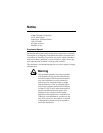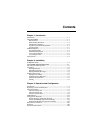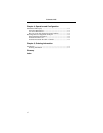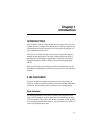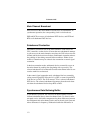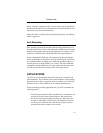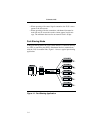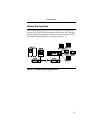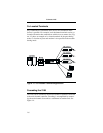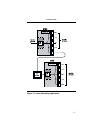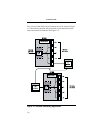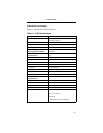
Telenetics 2185
1-3
phase, frequency, and the presence of jitter could cause the subchannel
and the main channel to lose synchronization. If synchronization is lost,
data errors occur and transmission fails.
When the 2185 is configured for asynchronous operation, the retiming
buffer is bypassed.
Anti-Streaming
Anti-streaming protects the network from becoming jammed if one of
the subchannel devices fails. If the subchannel remains active for longer
than the anti-streaming time-out period, nominally 25 seconds, it auto-
matically is disabled and its alarm LED indicator lamp illuminates.
When a subchannel is disabled, it disconnects from the main channel
and is not permitted to contend for the main channel again until after it
is re-enabled. Before attempting to re-enable the subchannel device, it
must be inactive for approximately 1.5 seconds. The alarm LED then
extinguishes and the subchannel can again contend for the main chan-
nel. You may disable anti-streaming with a front panel switch.
APPLICATIONS
The 2185 is used in multipoint networks made up of a controller and
polled terminals. The controller inserts terminal address codes and the
terminals must be able to respond to their own address code. The 2185
arbitrates if two or more terminals try to transmit simultaneously.
When considering possible applications for your 2185, remember the
following points:
• The 2185 can transmit in either asynchronous or synchronous for-
mat, but all devices in the network must use the same format.
• All devices must operate at the same data rate. When the main
channel is connected to a DCE device, the transmit and receive
clocks may be at different rates, but all devices have common
transmit clocks and common receive clocks.




